- News
- Reviews
- Bikes
- Accessories
- Accessories - misc
- Computer mounts
- Bags
- Bar ends
- Bike bags & cases
- Bottle cages
- Bottles
- Cameras
- Car racks
- Child seats
- Computers
- Glasses
- GPS units
- Helmets
- Lights - front
- Lights - rear
- Lights - sets
- Locks
- Mirrors
- Mudguards
- Racks
- Pumps & CO2 inflators
- Puncture kits
- Reflectives
- Smart watches
- Stands and racks
- Trailers
- Clothing
- Components
- Bar tape & grips
- Bottom brackets
- Brake & gear cables
- Brake & STI levers
- Brake pads & spares
- Brakes
- Cassettes & freewheels
- Chains
- Chainsets & chainrings
- Derailleurs - front
- Derailleurs - rear
- Forks
- Gear levers & shifters
- Groupsets
- Handlebars & extensions
- Headsets
- Hubs
- Inner tubes
- Pedals
- Quick releases & skewers
- Saddles
- Seatposts
- Stems
- Wheels
- Tyres
- Health, fitness and nutrition
- Tools and workshop
- Miscellaneous
- Buyers Guides
- Features
- Forum
- Recommends
- Podcast
review
£1,299.00
VERDICT:
An excellent frame with great riding characteristics but let down by its tyres
Weight:
10,300g
Contact:
At road.cc every product is thoroughly tested for as long as it takes to get a proper insight into how well it works. Our reviewers are experienced cyclists that we trust to be objective. While we strive to ensure that opinions expressed are backed up by facts, reviews are by their nature an informed opinion, not a definitive verdict. We don't intentionally try to break anything (except locks) but we do try to look for weak points in any design. The overall score is not just an average of the other scores: it reflects both a product's function and value – with value determined by how a product compares with items of similar spec, quality, and price.
What the road.cc scores meanGood scores are more common than bad, because fortunately good products are more common than bad.
- Exceptional
- Excellent
- Very Good
- Good
- Quite good
- Average
- Not so good
- Poor
- Bad
- Appalling
The Whyte Suffolk shares the same frameset as the Dorset that we tested a couple of years back. It's still a brilliant frame, especially for long or tough jaunts, and here you get some updated components and a move to full hydraulic braking. All in all it looks a pretty good bundle for its £1,299 asking price.
For the 2016 season the Suffolk now comes in two guises: the one we have here on test, and the cheaper £1,199 option with Shimano 105 and TRP Hy/Rd disc brakes. Everything is pretty much the same except our test bike has the new Shimano 105 hydraulic brake levers and BR-R785 disc callipers for its £100 price increase.
> Find your nearest dealer here
The bikes in the RD7 range, which includes both the Suffolk and Dorset, are designed to be good all-rounders. Something you can commute on during the week whatever the weather and then take to the lanes or hills at the weekend for a bit of adventure or light touring.
Taking cues from Whyte's cyclo-cross range, the RD7 frameset offers loads of clearance, plenty of stability and a neutral riding style to cope with whatever is under your wheels, but with the geometry given more of a traditional road tweak to further enhance its ability on the asphalt.
The fork is a cyclo-cross model, the theory being the extra 20mm length from crown to axle gives clearance for larger tyres and mudguards, allows a shorter head tube for stiffness, and puts the front wheel ever so slightly more forward, which reduces the chances of toe overlap.
That's the theory, but how does it all come together out on the road?
The ride
Impressively, is the simple answer. The Suffolk is such an easy bike to ride, so stable, so forgiving – it's absolutely spot on for the type of riding it's been designed for.
The steering is so neutral that the Suffolk will be ideal for newer riders as it never needs taming, even on the roughest of roads and greasiest of surfaces. But don't go thinking that it'll be too boring if you're a more advanced rider and like a bit of excitement. You can push the Whyte hard into the bends and it'll hold a line neatly with loads of feedback about what the front and rear wheels are up to. It hasn't got the pin sharp handling of a race bike – I wouldn't expect it to – but actually it's not far off, the tapered and oversized head tube really tightening up the front end. Going for a quick change of direction can be a little slower, for instance, but unless you're really trying to hold onto a wheel or something you aren't going to notice.
However, I must point out that all these results were achieved by upgrading the standard spec 28mm Maxxis Rouler tyres to Schwalbe Ones for the majority of the test miles. Although their rolling resistance is very impressive, the Maxxis just don't offer the level of grip the bike deserves, breaking away pretty much without warning even on dry roads. I couldn't leave them on for testing the Suffolk's handling to its limits because I just couldn't put my total faith in them. The frame deserves so much better.
When things aren't so frantic, the Suffolk is beautifully composed. The longer wheelbase – compared with a road racer – gives a stable ride even when off road, on gravel towpaths and that kind of thing. One of the test rides I carried out was in the dark with one of the many storms blowing sleet, branches and all sorts of debris about in its 50mph wind, and the Suffolk was really in its element. Even a strong sideways gust from a gateway did little to upset its composure, the type of dependable attributes you want from a bike when you're sharing a commute home with rush hour traffic.
Those mild manners make for a machine that is suited for long hours in the saddle as does the impressive level of comfort. Aluminium alloy frames have a reputation for being harsh and in some cases that's totally justifiable. The Suffolk frame isn't one of the most refined that we have seen over the last six months, but it's far from crass or unyielding.
Considering its stiffness levels, though, it is still a very comfortable bike with a decent level of shock absorbance, helped out by the large volume tyres and sensibly padded own-brand saddle.
Those stiffness levels help the Suffolk to climb too, as you certainly don't feel you're wasting any effort through the bottom bracket as you crank out of the saddle. It'll come as no surprise, given its 10kg weight, that it's no spring chicken up the ascents but it's no slouch either. And the fact that Whyte has specced an 11-32 cassette and 50/34 compact chainset makes things easier with a few bailout gears on offer.
Frame & fork
At the heart of the Suffolk is the RD7 frame, designed in the UK and built in Taiwan from 6061-T6 aluminium alloy to Whyte's spec. That includes custom drawn tubing with regards to butting and size before being hydroformed (using high-pressure fluid) into the shapes you see here – adding stiffness while reducing weight plus bringing in some flex where it's needed.
You get internal cable routing which not only gives the frame a clean, smooth look but also keeps the cables out of the elements during winter.
The fork also has internal hose routing for the front disc through the carbon leg, which stops it getting snagged.
Overall finish is high. The welds might look a little on the agricultural side but it's not something that bothers me on a bike like this; they haven't been sanded down, but covered with the matt paint job they help the bike look purposeful, a tool for the job. That paint will take some whacks too before you end up scratching it.
As far as the geometry goes, it's pretty racy. Our 54cm comes with a 555mm top tube, 160mm head tube and steep 73/73.5-degree head/seat angles, which creates that forward sitting position and positive handling, even though at its heart it's very much an endurance style beast – a bit of aggression never hurt anyone!
Whatever the numbers, the Suffolk just feels right beneath you. I've mentioned its stability already, and it's because of the geometry that the Suffolk feels so planted. Your body weight is exactly where it needs to be. It's confidence-inspiring.
Finishing kit
For your money you are getting a decent specification. For year-round, all-weather commuting and general riding, disc brakes are becoming a real must-have, especially if you are on roads mixing it with a lot of traffic; you want that knowledge that you're going to be able to stop effectively and efficiently, wet or dry.
Whyte obviously takes this into account as brake specification has always been key to its builds. The Dorset model that came out after the one we tested actually dropped its groupset down a rung from Shimano Tiagra to Sora to facilitate better TRP Hy/Rd brakes for the same price – a bold move by a manufacturer, but a very sensible one.
It's no surprise then to see Whyte has opted for Shimano's new 105 (RS505) hydraulic disc brake setup, with the slight price increase over the Hy/Rd-equipped model.
Dave Atkinson tested the brakeset recently, so I won't go into massive amounts of details, but suffice to say they are a welcome addition, offering very controllable and modulated braking both front and rear, here paired with BR-R785 callipers and 160mm rotors.
There hasn't been a whole lot of love for the looks of the ST-505 shifters and I, too, am not a massive fan. I didn't find the shape of the hoods quite as comfortable to ride as Shimano's higher spec hydraulic levers either.
Another sacrifice you have to make with the ST-505s is with the shifting quality. It's nowhere near as good as the mechanical 5800s can offer, in fact I've found the latest Tiagra generation to offer a crisper, more positive gear change.
The ST-505s have lost that positive click as each gear snicks into place, replaced by a vague feeling of never quite knowing whether the gear has gone in or not, especially on the down shift. It's not really something I'd be willing to accept even with the improved braking performance; if it was my money I'd probably be looking at the cheaper Suffolk option.
> Check out some more options in the £1,000-£1,500 price range
Shimano 105 makes up the majority of the group, with the only deviation being the FSA Gossamer Pro Evo chainset. It's a nice bit of kit whose stiffness and shifting is comparable to the Shimano unit it takes the place of.
To keep costs down Whyte uses a lot of own branded components and there is no shame in that as it all seems to be good quality stuff, with tasteful logos and a bit of colour coordinating with bolts and the like giving the Suffolk a very complete, expensive look.
The saddle is a high point, with just enough padding to be comfortable without being squidgy. I like a firm saddle and this seems to strike a decent balance for long rides.
The wheels are Whyte's own too. Using 32m-deep alloy rims and a very sensible spoke count of 32 rear and 28 front, they may be a chunky set of wheels but they are right on the ball for what's required for the type of bike.
There weren't any issues with trueness or reliability over the test period, and they certainly saw some grim conditions. Nearly every ride was a wet one, with the sealed bearings of the hubs keeping water and grit at bay.
You also get lockable wheel skewers, should you need to leave the bike out in the open.
I've mentioned the tyres already, and I'll repeat that I'd recommend upgrading to something stickier because grip isn't that great. They are fast rolling, though, and pumped up, with a smooth road surface, you'll be buzzing along at a decent old lick.
Conclusion
Overall, I think the Suffolk is a brilliant bike, a great design delivering totally on its brief. It's not the lightest, the fastest or the most nimble, but that's not what it's about. It's about getting you out there whatever the conditions, or to try out that road you've never been down before – and if the tarmac disappears, well, who cares, the Suffolk will just take it in its stride.
For me, the flies in the ointment are those tyres and I'm not exactly smitten with the shifting from the Shimano levers. Neither are things I, personally, could live with. Don't let it take too much shine away from the overall package, though. The Whyte frame is one of the best out there for this type of bike, and with sensible finishing kit it comes in at a competitive price point.
* Please note, the buying link at the start of the review is for the full-105 model, while the shop link below is for the 105 mechanical/TRP Hy/Rd brake model – which would be Stu's choice.
Verdict
An excellent frame with great riding characteristics but let down by its tyres
road.cc test report
Make and model: Whyte Suffolk 105
Size tested: 54cm
About the bike
State the frame and fork material and method of construction. List the components used to build up the bike.
Frame: 6061 Hydro Formed T6 Aluminium, Custom Drawn, Multi Butted with Post Mount Chainstay Disk mount
Fork: Straight Bladed Carbon Front Fork, Tapered Alloy Steerer, Internal Hose Routing,Post Mount Dropouts and mudguard eyelets
Headset: FSA No. 42 Integrated Road, 1 1/2" lower and 1 1/8" upper Sealed Cartridge Bearings
Rear Hub: Alloy, Double Sealed Cartridge Bearing Hub, 32 Hole, 11 Speed
Front Hub: Alloy, Double Sealed Cartridge Bearing Hub, 28 Hole
Spokes: WTB 2.0mm, Black Sandvik Stainless with Black Brass Nipples
Rims: Whyte Disk Road 32mm Deep, Offset Section Rim, 32 Hole Rear and 28 Front, 3M Reflective Decals
Tyres: Maxxis Rouler, 700 x 28c, Black/Grey, with Maxxshield Puncture Protection, Folding
Shift Levers: Shimano 105 ST-505, Full Hydraulic brake lever, 11 Speed
Front Mech: Shimano 105, 11 Speed
Rear Mech: Shimano 105,
Cassette: Shimano 105, 11-32, 11 Speed
Chain: Shimano CN-600, 11 Speed
Crankset: FSA Gossamer Pro EVO-386 DB 34-50, 11 Speed, Compact Double
Bottom Bracket: FSA EVO-8681
Seatpost: Whyte 20mm Offset, 27.2mm x 350mm, 3D Forged 2014 Alloy, 2 Bolt Clamp
Saddle: Whyte Custom, Triple Panel Design
Handlebar: Whyte Road, 31.8mm, Compact "Wing" Bar
Stem: Whyte -6 Deg, 100mm 52cm, 110mm 54cm/56cm, 120mm 58cm
Grips: Whyte Anti Slip with 3M Reflective logos on tapes
Brake Calipers: Shimano BR-785 Hydraulic, 160mm Rotors
Brake Levers: Shimano ST-505 Hydraulic
Tell us what the bike is for, and who it's aimed at. What do the manufacturers say about it? How does that compare to your own feelings about the bike?
As part of Whyte's Road/Commuter range, the RD7 (Road Disc) bikes are designed for winter training, commuting and all round general road riding whatever the weather.
Whyte has managed to create a package that will cope with practically every road condition with little in the way of sacrifice apart from possibly all-out, straight-line speed.
Frame and fork
Overall rating for frame and fork
8/10
Tell us about the build quality and finish of the frame and fork?
Overall, a well-finished package. Honest welds finished by a tough paint job.
Tell us about the materials used in the frame and fork?
The Suffolk has the same 6061 aluminium alloy frame used throughout the range, which uses hydroforming to shape the custom drawn tubing. Up front you get a carbon fibre legged fork with a tapered alloy steerer.
Tell us about the geometry of the frame and fork?
With 73 and 73.5-degree head and seat angles the Suffolk lays down its racy credentials right from the start.
How was the bike in terms of height and reach? How did it compare to other bikes of the same stated size?
On this 54cm we've got a stack measurement of 589mm and reach 394mm. This equates to a ratio of 1.5, well in the ball park for this kind of bike.
Riding the bike
Was the bike comfortable to ride? Tell us how you felt about the ride quality.
On the whole it's a very comfortable bike. The frame isn't the most supple but it's fine for long jaunts.
Did the bike feel stiff in the right places? Did any part of the bike feel too stiff or too flexible?
The Suffolk is a very stiff bike, with very little in the way of flex at the front end or bottom bracket areas.
How did the bike transfer power? Did it feel efficient?
Pretty well, the frame is tight and everything else is up to the job too.
Was there any toe-clip overlap with the front wheel? If so, was it a problem?
A little with the mudguards attached.
How would you describe the steering? Was it lively, neutral or unresponsive? Very neutral, the Suffolk is a very easy bike to ride.
Tell us some more about the handling. How did the bike feel overall? Did it do particular things well or badly?
Solid and dependable pretty much sums everything up. That doesn't mean it lacks excitement though, the Suffolk is fun.
Which components had the most effect (good or bad) on the bike's comfort? would you recommend any changes?
The large volume tyres and a well-padded saddle are key to the comfy ride.
Which components had the most effect (good or bad) on the bike's stiffness? would you recommend any changes?
The handlebar and stem combo is tight and stiff, you certainly don't feel any flex when hauling on them under acceleration.
Which components had the most effect (good or bad) on the bike's efficiency? would you recommend any changes?
The wide ranging cassette and compact chainset gives a good spread of gears to offset the weight of the bike, keeping you in your preferred cadence zone for longer.
Rate the bike for efficiency of power transfer:
7/10
Rate the bike for acceleration:
7/10
Rate the bike for sprinting:
7/10
Rate the bike for high speed stability:
8/10
Drops a point here due to the lack of grip from the Maxxis tyres. They can break away without warning at speed.
Rate the bike for cruising speed stability:
9/10
Rate the bike for low speed stability:
9/10
Rate the bike for flat cornering:
8/10
Rate the bike for cornering on descents:
8/10
Rate the bike for climbing:
8/10
The drivetrain
Rate the drivetrain for performance:
7/10
Rate the drivetrain for durability:
8/10
Rate the drivetrain for weight:
8/10
Rate the drivetrain for value:
5/10
Tell us some more about the drivetrain. Anything you particularly did or didn't like? Any components which didn't work well together?
Shimano's 105 always impresses but the shifting from the new hydraulic levers just isn't as good as the mechanical version. It hasn't got the refinement I've become used to.
Wheels and tyres
Rate the wheels and tyres for performance:
6/10
The performance of the wheels, especially durability, is very good but the tyres really bring the score down.
Rate the wheels and tyres for durability:
7/10
Rate the wheels and tyres for weight:
7/10
Rate the wheels and tyres for comfort:
8/10
Rate the wheels and tyres for value:
5/10
Tell us some more about the wheels and tyres.Did they work well in the conditions you encountered? Would you change the wheels or tyres? If so, what for?
The Whyte wheels seem pretty robust and they had a hard, wet test period to prove themselves. The Maxxix tyres roll well and I didn't have any punctures, but I'm not a fan of their grip levels. Tight bends or leaning over for roundabouts and they can just break away without a whole lot of warning – even in the dry.
Controls
Rate the controls for performance:
8/10
Rate the controls for durability:
8/10
Rate the controls for weight:
7/10
Rate the controls for comfort:
8/10
Rate the controls for value:
5/10
Tell us some more about the controls. Any particularly good or bad components? How would the controls work for larger or smaller riders?
Whyte's own finishing kit is well made and does the job. All-alloy components are what you'd expect to see at this price point so it's no surprise, but the added attention to detail, logos and so on makes them really stand out.
Your summary
Did you enjoy riding the bike? Yes
Would you consider buying the bike? No, I'd take the cheaper Suffolk with 105 mechanical/TRP Hy/Rd brakes for better shifting.
Would you recommend the bike to a friend? Yes
Rate the bike overall for performance:
8/10
Rate the bike overall for value:
7/10
Use this box to explain your score
The Suffolk is a very dependable bike with a classy aluminium alloy frame designed to do exactly what you want it to do. It's easy to ride, which makes it great for challenging conditions for those year-round commutes. The gear shifts and ungrippy tyres just take the shine off for me, though – with a change of rubber and mechanical 105 it'd be a definite 8.
About the tester
Age: 37
I usually ride: This month's test bike My best bike is: Mason Definition
I've been riding for: 10-20 years I ride: Every day I would class myself as: Expert
I regularly do the following types of riding: time trialling, commuting, club rides, sportives, fixed/singlespeed
As part of the tech team here at F-At Digital, senior product reviewer Stu spends the majority of his time writing in-depth reviews for road.cc, off-road.cc and ebiketips using the knowledge gained from testing over 1,500 pieces of kit (plus 100's of bikes) since starting out as a freelancer back in 2009. After first throwing his leg over a race bike back in 2000, Stu's ridden more than 170,000 miles on road, time-trial, track, and gravel bikes, and while he's put his racing days behind him, he still likes to smash the pedals rather than take things easy. With a background in design and engineering, he has an obsession with how things are developed and manufactured, has a borderline fetish for handbuilt metal frames and finds a rim braked road bike very aesthetically pleasing!
Latest Comments
- john_smith 1 hour 22 min ago
Straight into the sun is perhaps an exaggeration, but at that time it would be about ESE, and there are bits of the road which head roughly SSE, so...
- john_smith 1 hour 31 min ago
7 October was just a bit of harmless fun until the "msm" ramped it up.
- hawkinspeter 1 hour 31 min ago
It's not censored if you just pirate it
- stonojnr 2 hours 36 min ago
an example of Kesgraves "best cycling infrastructure in the country" https://maps.app.goo.gl/GsCMbzDUTPdq59qS9
- ktache 2 hours 39 min ago
They are not going full gas at every point. They would destroy themselves. And tactics, they save themselves for when effort is really needed....
- wookey 2 hours 44 min ago
It turns out that that is national police policy. We found out from this process that there is national 'secured by design' policy which causes...
- mtbtomo 3 hours 23 min ago
Been available for quite a while, full GRX mechanical 12 speed. Probably around the same time as 105 mechanical 12 speed if I were to guess.
- TheBillder 3 hours 29 min ago
Less harmful citrus degreaser is easy to find at £8 or less for 5 litres. Works ok for me, even diluted up to 4:1. Both paraffin and white spirit...
- Veganpotter 3 hours 35 min ago
Nope, it's to keep your straps down and quieter. Plus most sunglasses are polycarbonate and aren't going to shatter like glass anyway
- Steve K 4 hours 6 min ago
And, more seriously, where's the coverage of the closure of the cycle lane which forces you to cycle on the Totton bypass.







































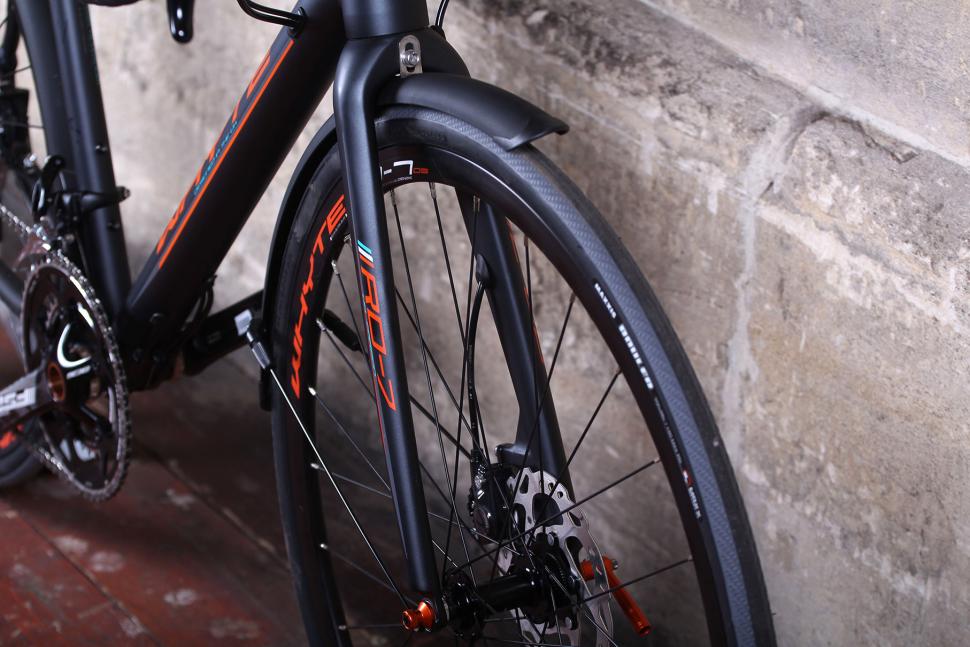






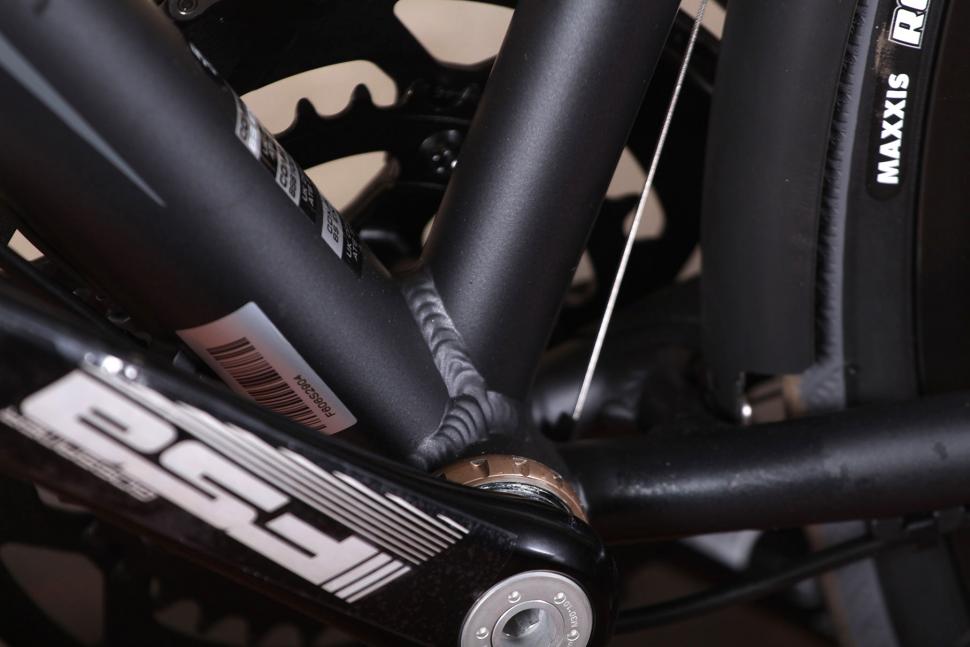


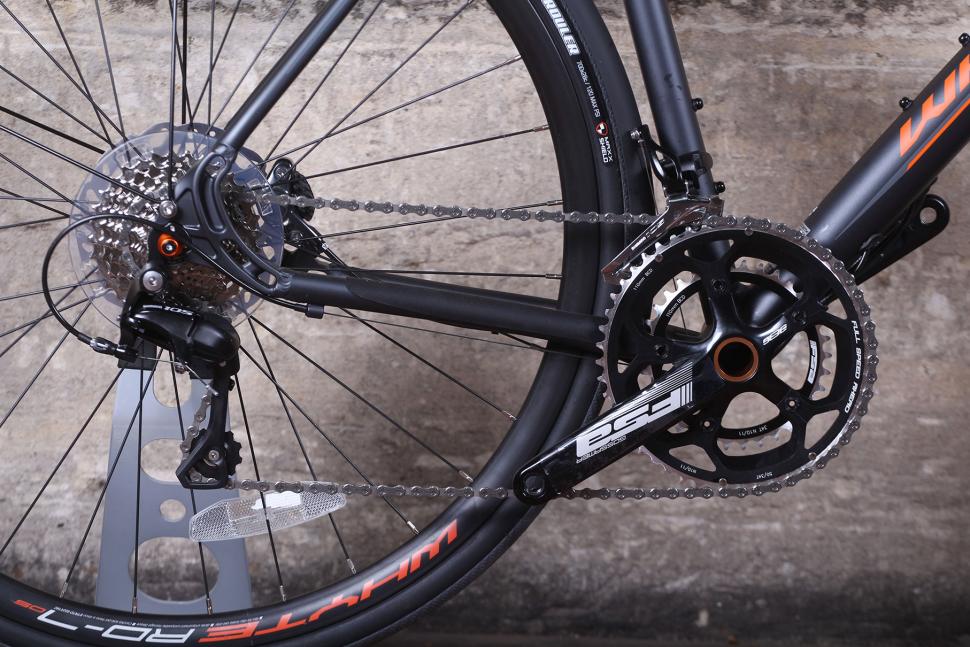

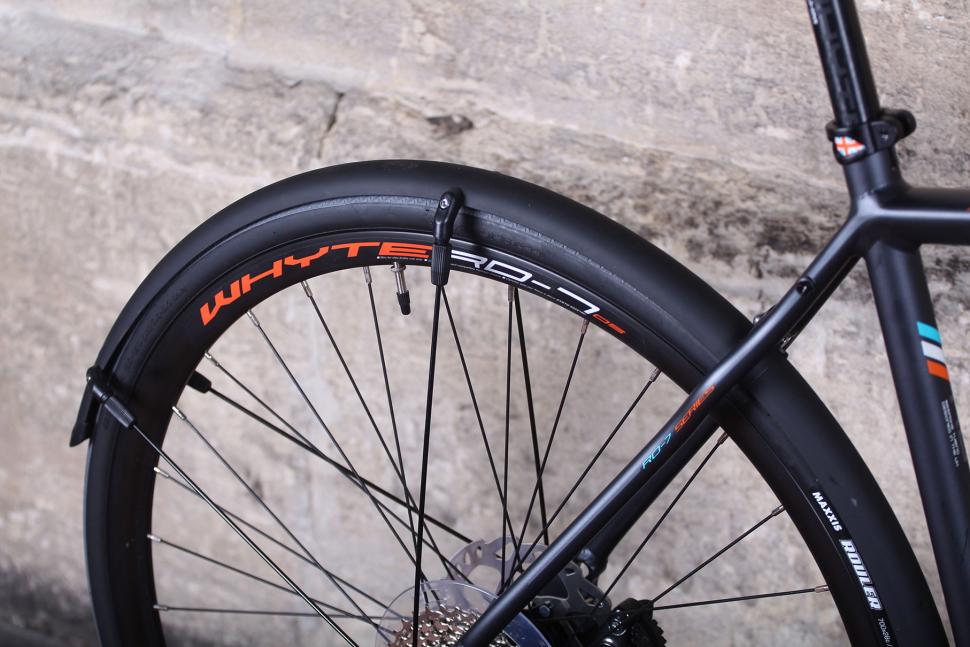
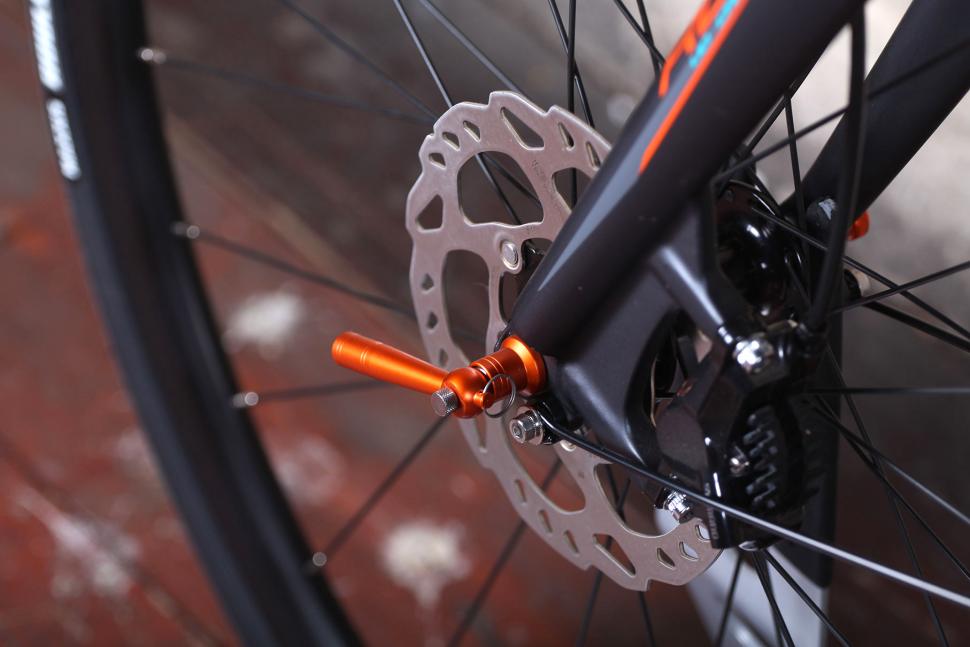
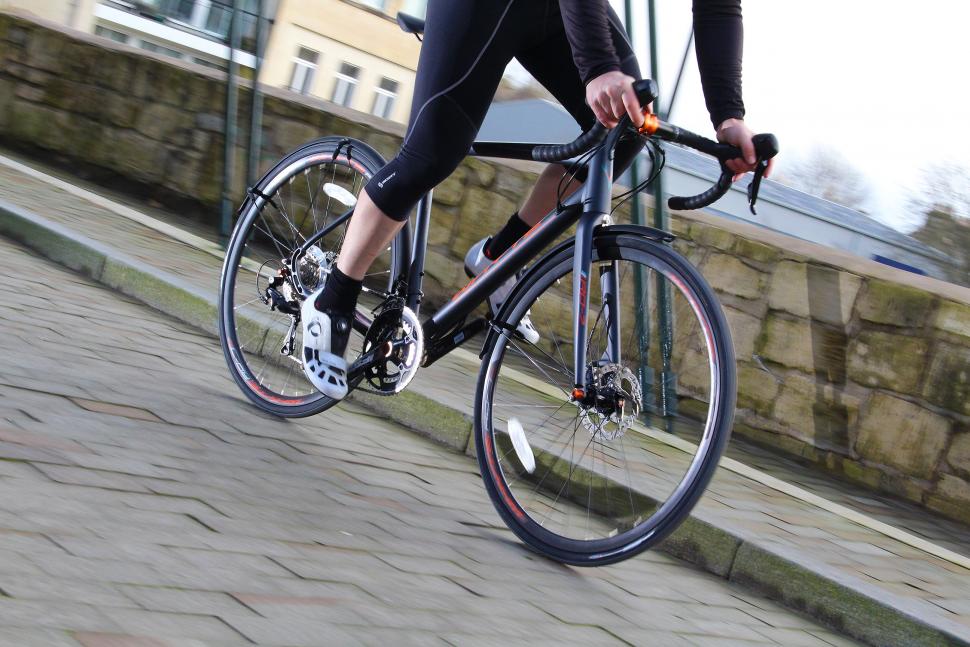
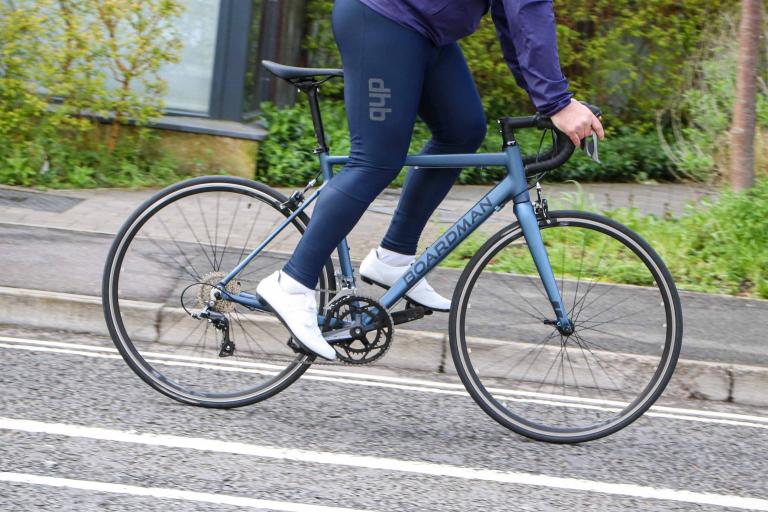
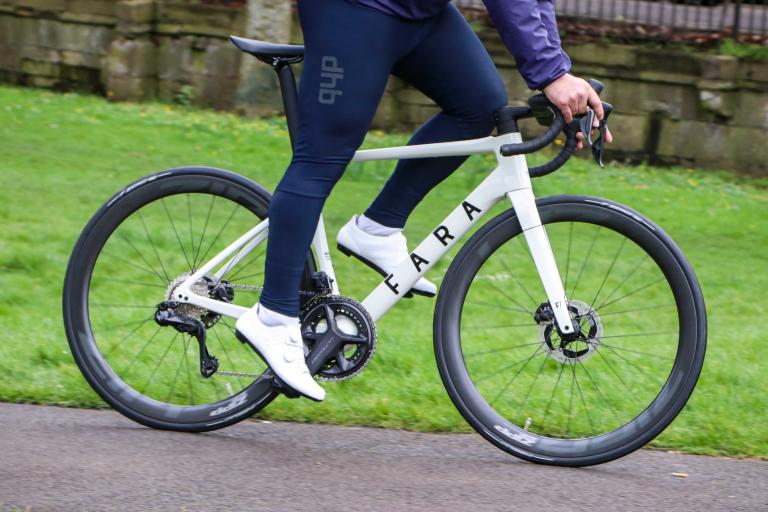
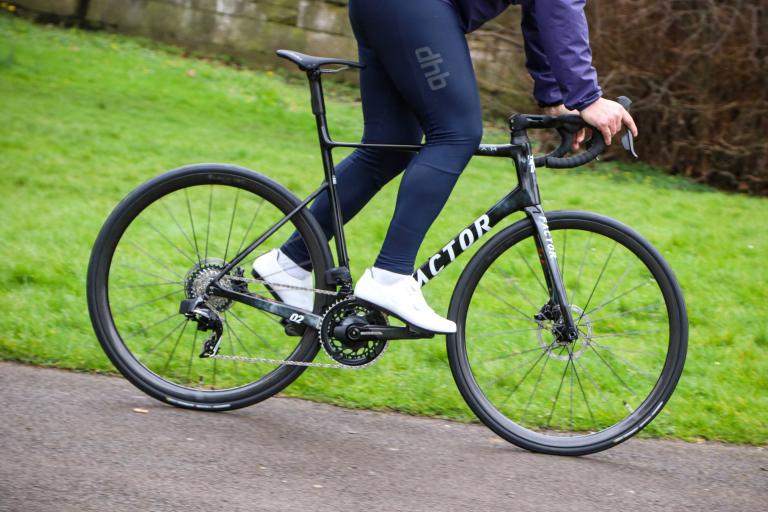
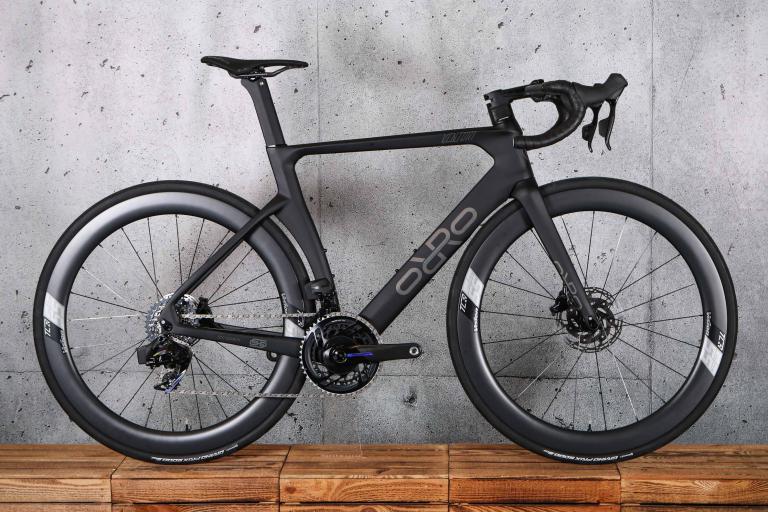
Add new comment
3 comments
They're rebranded Lifeline mudguards and take it from me, they're rubbish. The mudguards are prone to twisting so you can never get them straight, the front mudguard wobbles all over the place if you have only one hand on the bars, and the stays have to be cut exactly right or they won't go in the clips properly. The clips are also quite flimsy, nowhere near as useful as SKS clips. And when you screw the stays into the frame, the openings expand slightly, moving the stays once more and ruining the work you just did to align them against the wheels. You'd be much better off with something like Dia Compe ENE black - heavier, but much better built.
If I'm not mistaken, they are Whytes own, model specific. http://www.whyte.bike/#!shop/jrhfc/!/Mudguards/p/62913889/category=0
Who makes those fenders? I want a set!